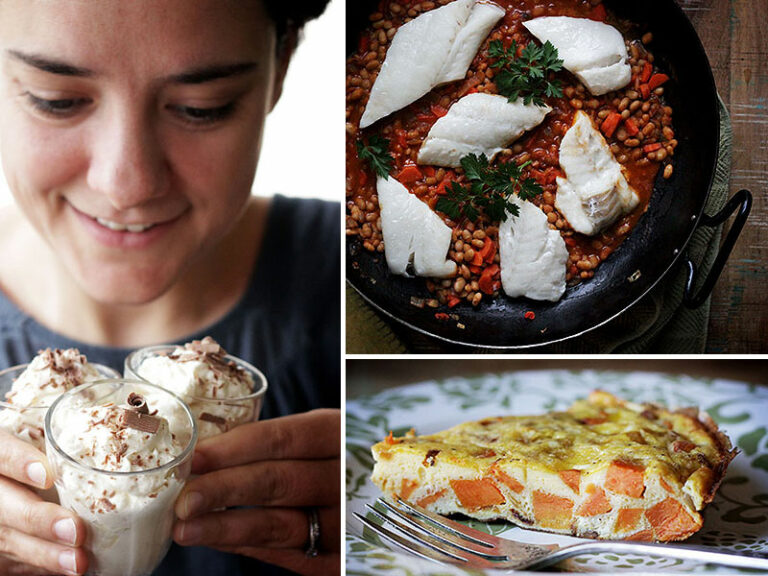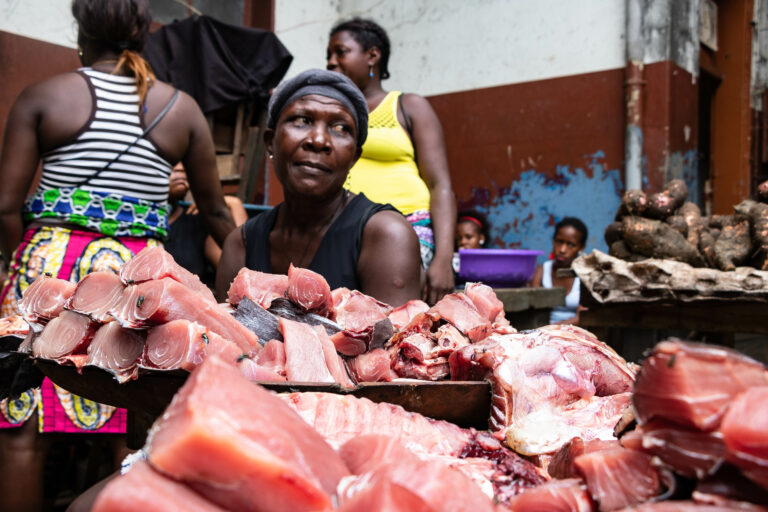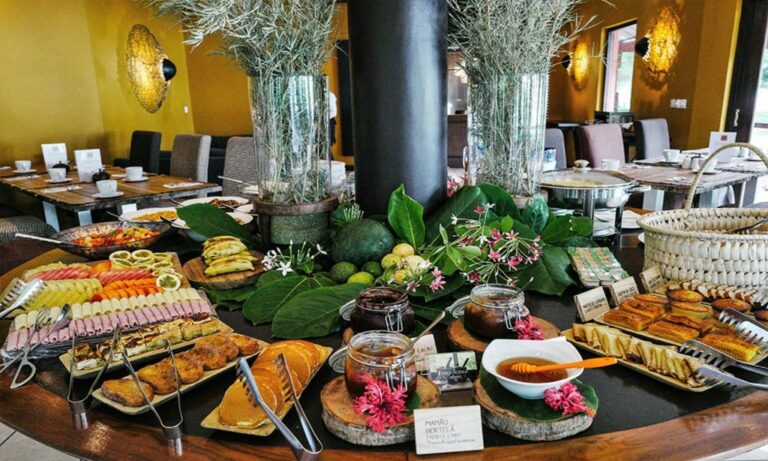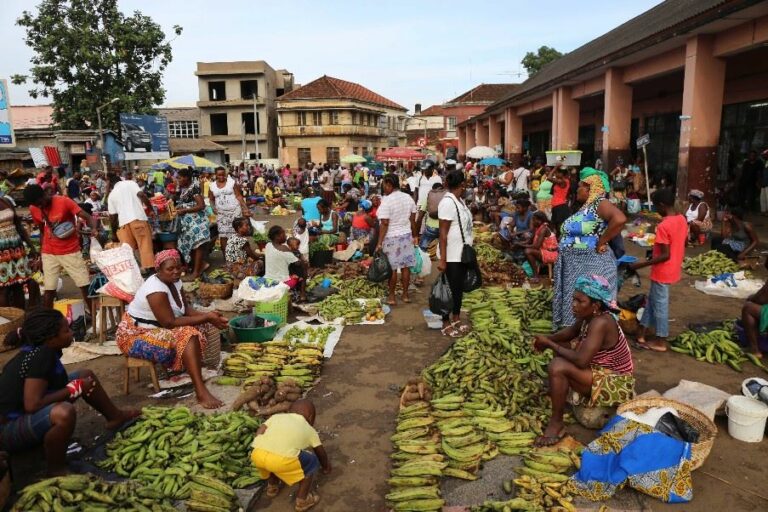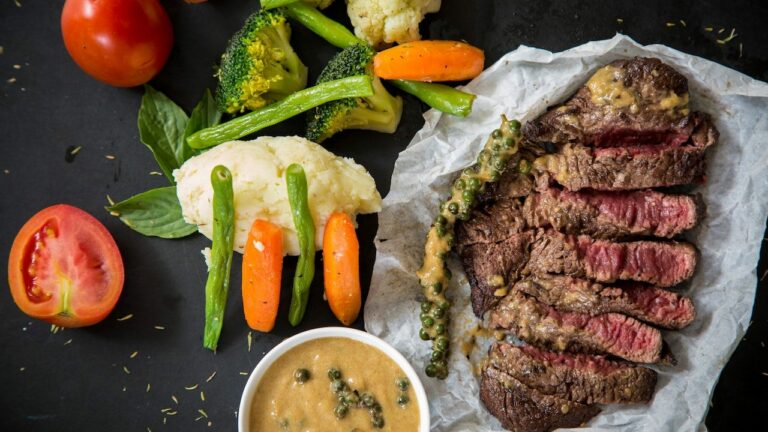Introduction: Traditional Snacks from São Tomé and Príncipe
São Tomé and Príncipe is a small island nation located off the western coast of Africa. Its rich cultural heritage is reflected in its cuisine, which features an array of traditional snacks that are both flavorful and unique. These snacks are often made with local ingredients, such as coconut and cassava, and are a popular choice for both locals and tourists alike.
If you’re looking to explore the traditional snacks of São Tomé and Príncipe, there are several options to choose from. Whether you prefer savory or sweet, crunchy or soft, there’s something for everyone to enjoy. In this article, we’ll take a closer look at some of the most popular traditional snacks from São Tomé and Príncipe.
Folar de São Tomé: A Savory Snack with Local Flavor
Folar de São Tomé is a savory snack that is typically made with cassava flour and coconut milk. It has a soft, bread-like texture and is often stuffed with meat or fish. The filling can also include vegetables such as onions and tomatoes, and the snack is typically seasoned with garlic, salt, and pepper.
Folar de São Tomé is a great choice for those who prefer savory snacks. It is often sold by street vendors and can be enjoyed on the go. It is also a popular choice for parties and gatherings, and is often served alongside other traditional snacks such as banana chips and bolos de coco.
Banana Chips: A Popular and Crunchy Treat
Banana chips are a popular snack in many parts of the world, and São Tomé and Príncipe is no exception. These crunchy treats are typically made by slicing ripe bananas thinly and frying them until they are crispy. They are often seasoned with salt or sugar, and can be enjoyed as a snack or used as a topping for salads and other dishes.
Banana chips are a great choice for those who prefer a crunchy snack with a hint of sweetness. They are widely available in São Tomé and Príncipe and can be found in markets and shops throughout the country. They are also a popular souvenir for tourists to bring home as a tasty reminder of their travels.
Bolos de Coco: Soft and Sweet Coconut Cakes
Bolos de coco are soft and sweet coconut cakes that are a popular snack in São Tomé and Príncipe. They are typically made with grated coconut, sugar, and flour, and are often flavored with spices such as cinnamon and vanilla. They have a soft, cake-like texture and are often enjoyed with a cup of tea or coffee.
Bolos de coco are a great choice for those who prefer sweet snacks with a soft texture. They are often sold by street vendors and can be enjoyed as a mid-day treat or as a dessert after a meal. They are also a popular choice for special occasions such as weddings and birthdays.
Cacharamba: A Fried Delight with Portuguese Influence
Cacharamba is a fried snack that has its roots in Portuguese cuisine. It is typically made with a dough made from flour, eggs, and milk, and is often flavored with sugar and cinnamon. The dough is then shaped into small balls and fried until golden brown.
Cacharamba is a great choice for those who prefer fried snacks with a hint of sweetness. It is often sold by street vendors and can be enjoyed as a mid-day treat or as a dessert after a meal. It is also a popular choice for special occasions such as weddings and other celebrations.
Queques: Simple and Delicious Muffins for Any Time of Day
Queques are simple and delicious muffins that are a popular snack in São Tomé and Príncipe. They are typically made with flour, sugar, eggs, and milk, and are often flavored with vanilla or lemon zest. They have a soft, cake-like texture and can be enjoyed at any time of day.
Queques are a great choice for those who prefer simple, yet tasty snacks. They are often sold by street vendors and can be enjoyed on the go. They are also a popular choice for breakfast or as a mid-day snack to tide you over until your next meal.



